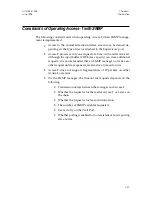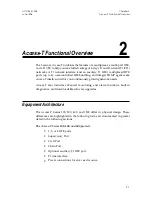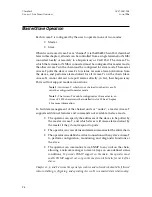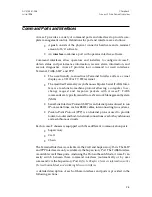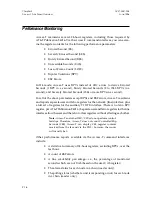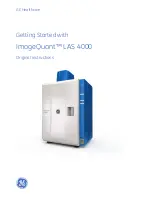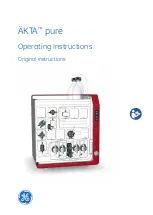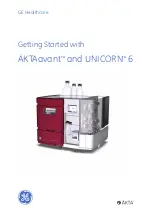
Command Ports and Interfaces
Access-T provides a variety of command ports and interfaces to provide com-
plete management control. Definitions for port and interface are as follows:
•
A port consists of the physical connector hardware and a minimal
amount of I/O software.
•
An interface combines a port with operator interface software.
Command interfaces allow operators and installers to configure Access-T,
obtain status and performance information, receive alarm information, and
execute diagnostics. Access-T provides four command (or user) interfaces:
Terminal, TABS, SLIP, and PPP.
•
The user-friendly, menu-driven Terminal Interface offers a visual
display on a VT100 or TV 925 terminal.
•
The modified Telemetry Asynchronous Bipolar Serial (TABS) Inter-
face is a machine-to-machine protocol allowing a computer to ex-
change request and response packets with Access-T. TABS
commands are typically issued from a Network Management System
(NMS).
•
Serial Line Interface Protocol (SLIP) is an Internet protocol used to run
IP over serial lines, such as RS232 cables, interconnecting two systems.
•
Point-to-Point Protocol (PPP) is an Internet protocol used to provide
router-to-router and host-to-network connections over both synchronous
and asynchronous circuits.
Each Access-T chassis is equipped with three different communication ports:
•
Supervisory.
•
Craft.
•
Chain.
The Terminal Interface is available via the Craft and Supervisory Ports. The SLIP
and PPP Interface are only available via the Supervisory Port. The TABS Interface
is available via all three ports. And using the Protocol Search Mode, Access-T can
easily switch between these command interfaces (automatically or by user
command) via the Supervisory Port. Refer to Chapter 6 for more information on the
Protocol Search Mode and switching between interfaces.
A detailed description of each of these interfaces and ports is provided in the
following sections.
ACST-0351-005
Chapter 2
June 1996
Access-T Functional Overview
2-5










